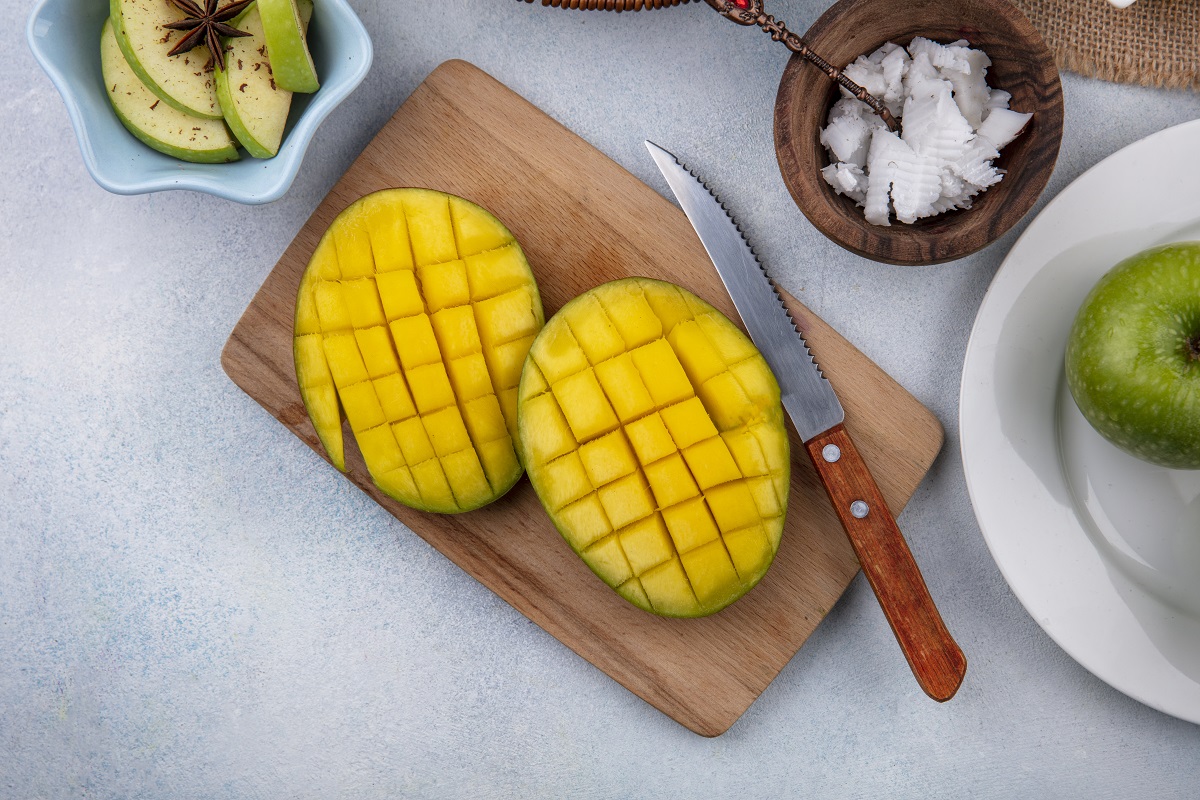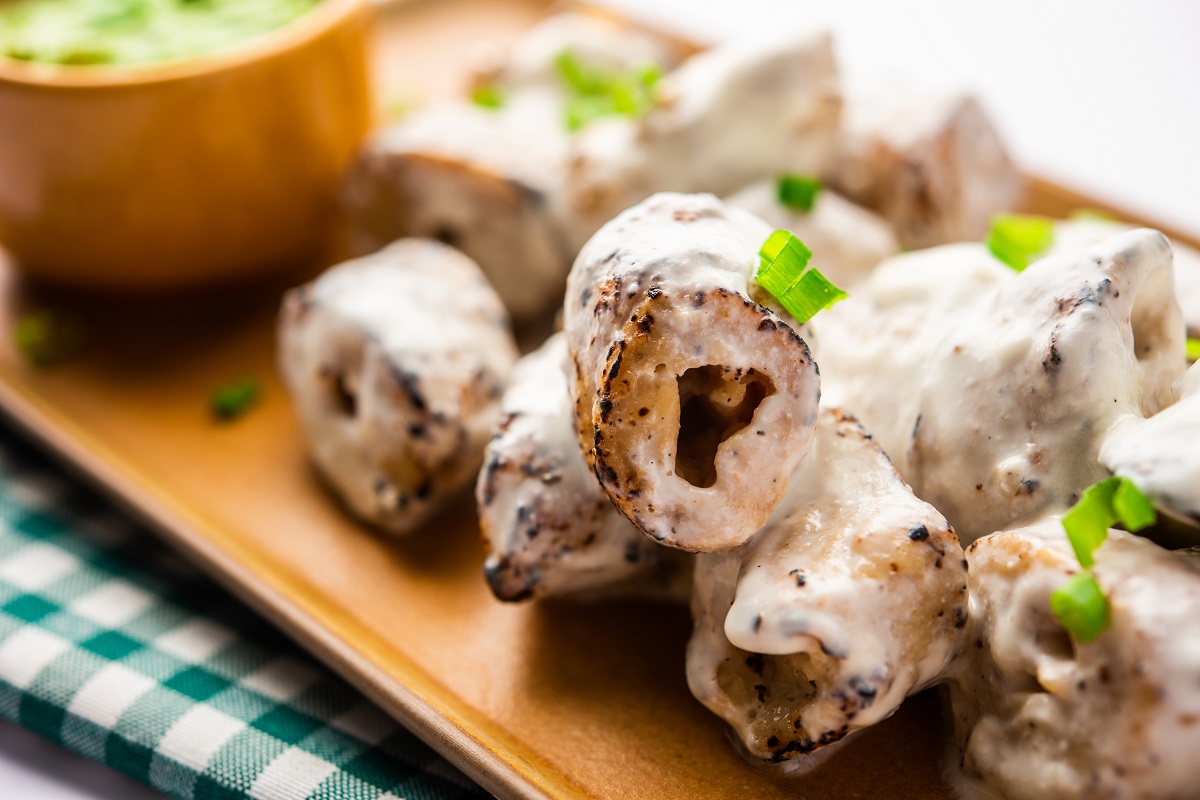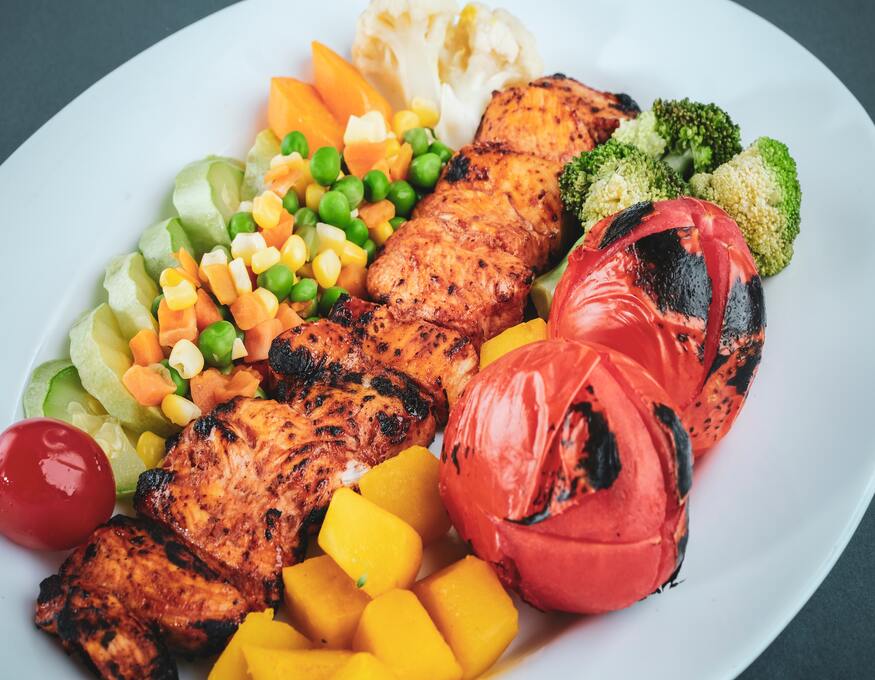Introduction
The “king of fruits,” the mango is renowned for its delicious flavor, juicy texture, and nutritional benefits. Mango pulp, the soft, juicy, and fibrous part of the fruit, has long been a crucial component of both traditional and contemporary culinary traditions all over the world. Mangoes have been used since antiquity, and today, mango pulp is a common ingredient in many international cuisines. We will go into great detail on the culinary applications and health advantages of mango pulp in this article.
Nutritional Value of Mango Pulp
Mango pulp is a healthy option for people of all ages because it is packed with vitamins and important elements. Around 99 calories, 1.4 grams of protein, 0.6 grams of fat, and 24.7 grams of carbs may be found in one cup of sliced mango pulp. Vitamin C, vitamin A, vitamin E, vitamin K, vitamin B6, and dietary fiber are all abundant in mango pulp. Minerals including copper, magnesium, and potassium are also present. Mango pulp is a nutritious dietary option because it is low in fat and cholesterol.
Culinary Uses of Mango Pulp
In numerous culinary recipes all throughout the world, mango pulp is a crucial component. Mango pulp can be extracted in many different methods and, depending on the recipe, can either be used fresh or frozen. Mango pulp is used to make puree, juice, and nectar, among other things. It is also a key component of many other cuisines, including salads, chutneys, sauces, and desserts. Traditional dishes like mango lassi, mango pickles, and mango chutney frequently call for mango pulp. Also, it is utilized in contemporary foods like sorbets, ice creams, and smoothies.
Mango Pulp in Traditional Cuisine
For generations, traditional cuisine has utilized mango pulp. Mango pulp is a common ingredient in Indian pickles, chutneys, curries, and sweets. Mango pulp is used in the Philippines to create mango juice, jam, and dried mango. Salsa, guacamole, and other hot sauces are made in Mexico from mango pulp. Mango pulp is used throughout the Caribbean to prepare both savory and sweet foods. India is home to a number of traditional mango-based beverages, including the thick yogurt-based mango lassi and the cooling summer beverage aam panna.
Mango Pulp in Modern Cuisine
The versatile ingredient mango pulp has become more common in contemporary cooking. Fusion meals that merge many cuisines often incorporate mango pulp in inventive ways. It is employed in the production of popsicles, sorbets, smoothies, and ice cream. Salads, sushi, and tacos are examples of savory recipes that employ mango pulp. A sweet and tangy sauce called mango salsa is frequently served with grilled meat and fish.
Health Benefits of Mango Pulp
Many health advantages of mango pulp exist. Antioxidants, which guard the body against harm done by free radicals, are abundant in mango pulp. Dietary fiber, which supports a healthy digestive system and avoids constipation, is also abundant in mango pulp. Mango pulp’s high vitamin C and vitamin A content helps to maintain healthy skin, vision, and the immune system. Moreover, mango pulp possesses anti-inflammatory qualities that lower the risk of developing chronic illnesses like cancer, diabetes, and heart disease.
Mango Pulp as a Superfood
Due to its extensive list of health advantages and high nutritional value, mango pulp is regarded as a superfood. Mango pulp is a great source of antioxidants, which guard the body against oxidative damage caused by free radicals. Mango pulp’s high fiber content aids with weight management by keeping you fuller for longer. Moreover, mango pulp possesses anti-inflammatory qualities that lower the risk of developing chronic illnesses like cancer, diabetes, and heart disease.
Conclusion
Since ancient times, chefs have employed mango pulp, a versatile ingredient, in both traditional and contemporary dishes. It is a nutritious meal option that is full of important vitamins, minerals, and nutrients. Mango pulp is used to make puree, juice, and nectar, among other things. In addition to salads, chutneys, sauces, and desserts, it is utilized in many different meals. Traditional dishes like mango lassi, mango pickles, and mango chutney frequently call for mango pulp. Also, it is utilized in contemporary foods like sorbets, ice creams, and smoothies. Mango pulp is a superfood that can enhance general health and well-being due to its many health advantages.





